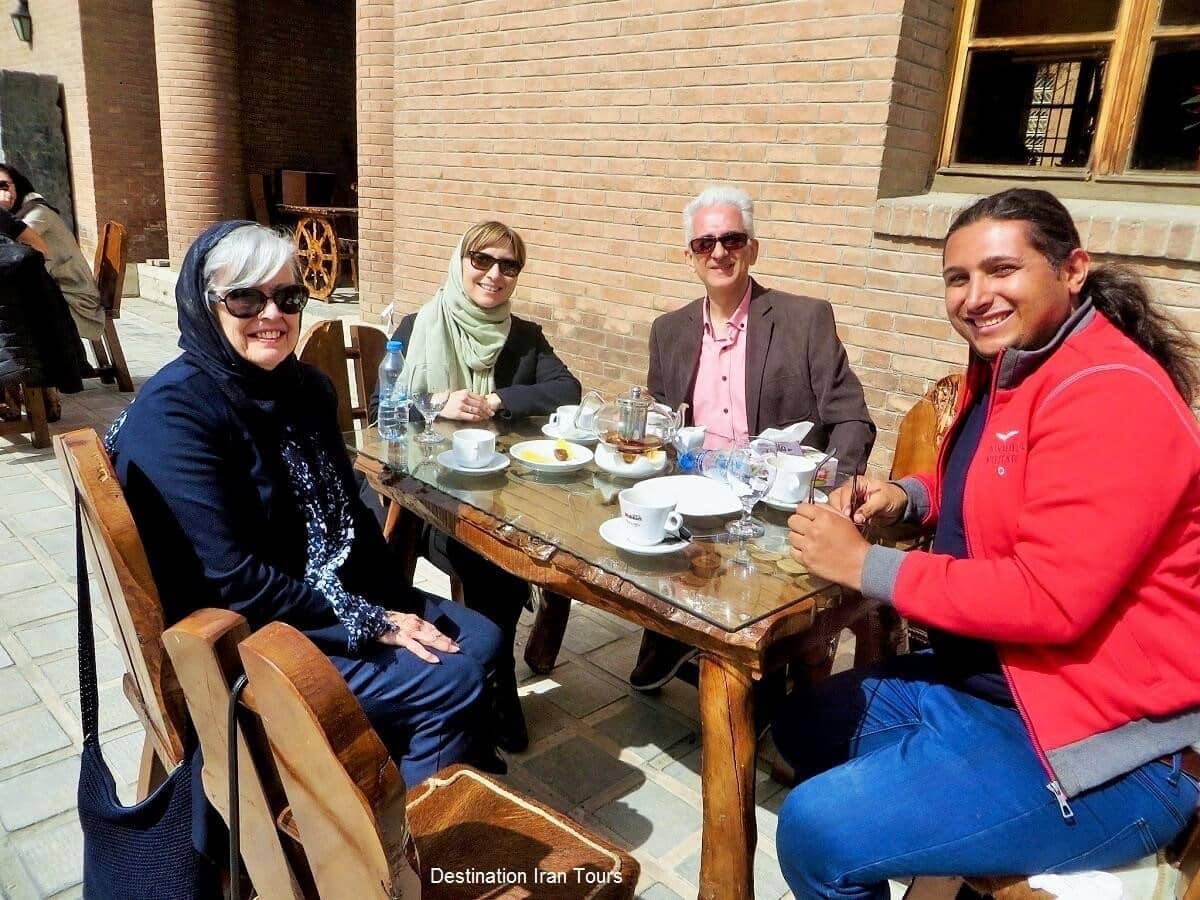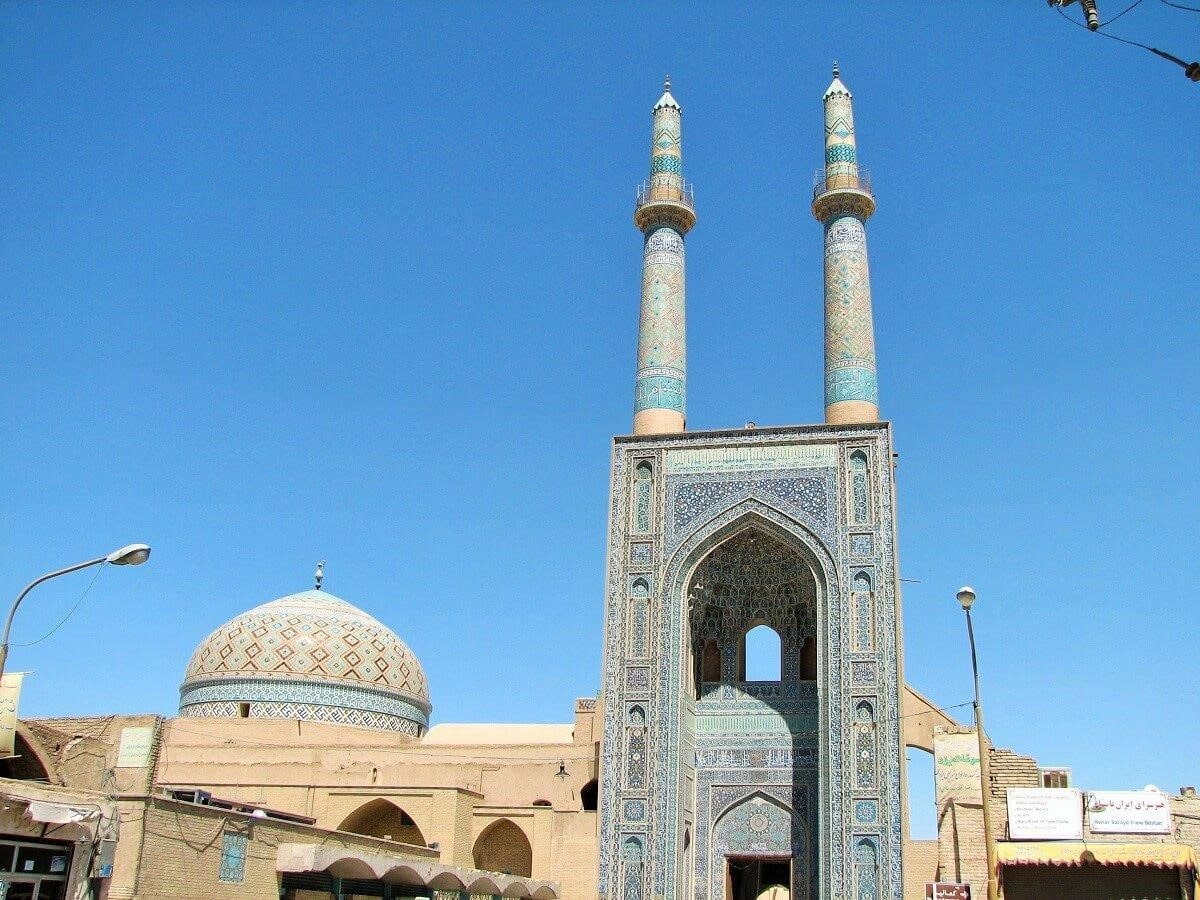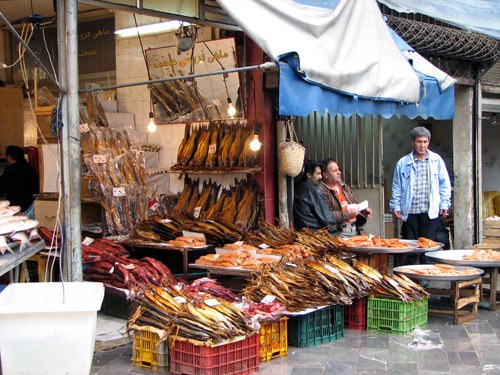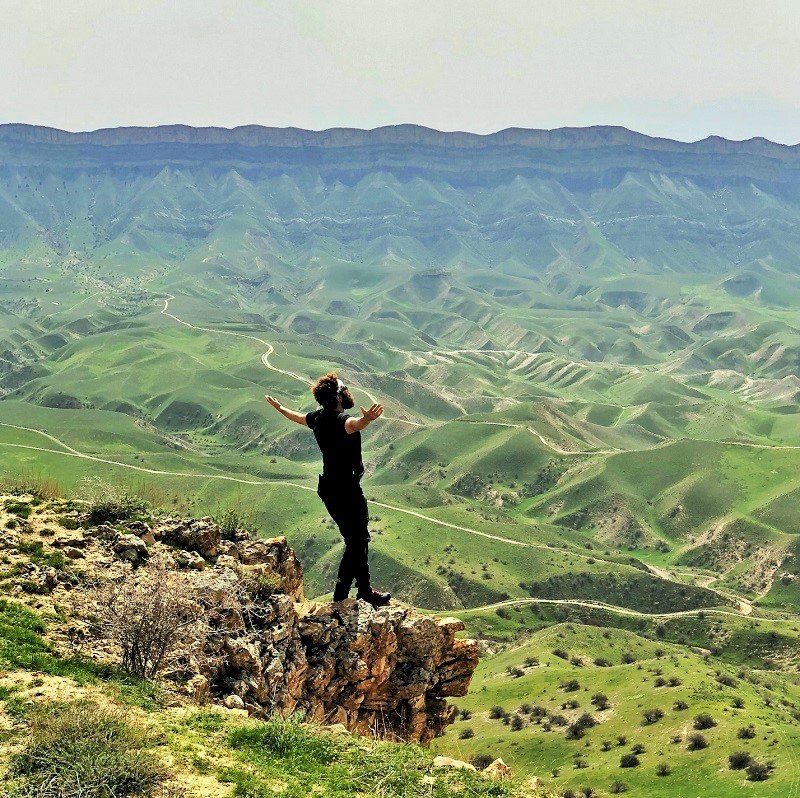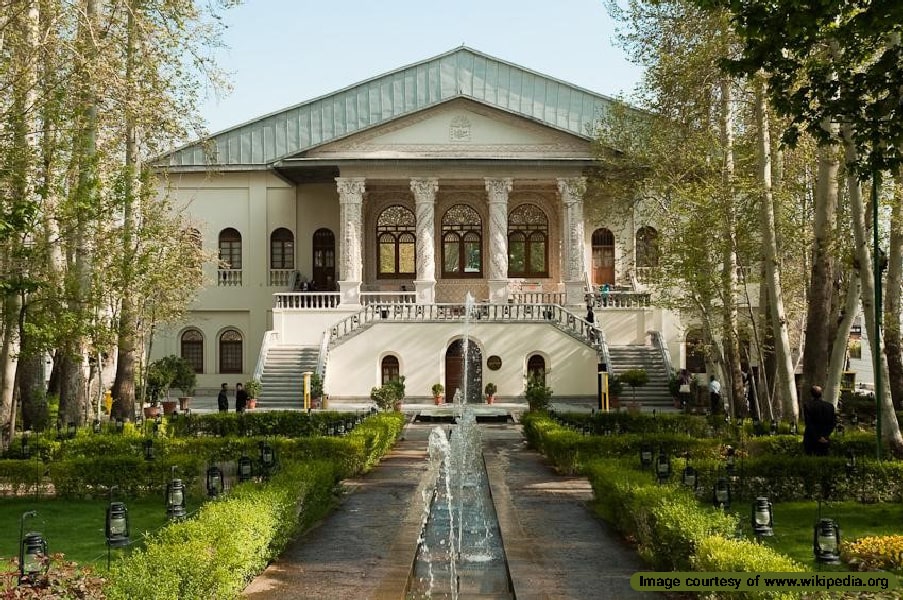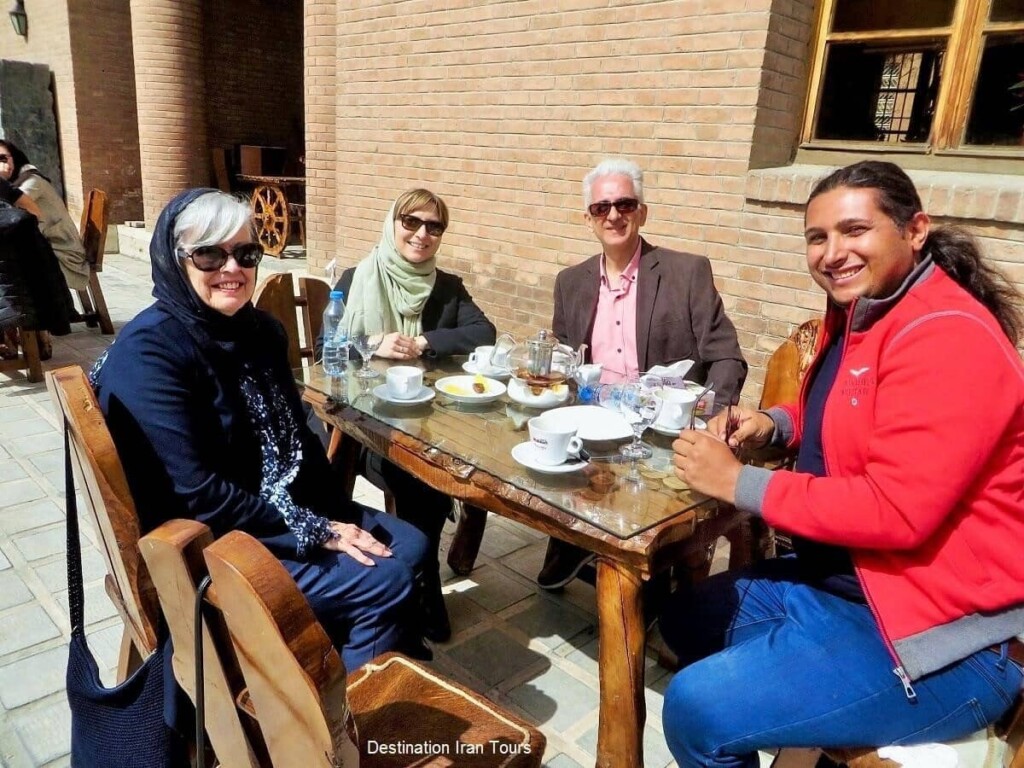
We all recognize food as the primary human need. Therefore, food can be part of a cultural and national identity of a society. Today, the food tourism industry plays a very colorful role in promoting such cultural heritage. This industry can play a significant role in the prosperity of a booming tourist destination.
As we know, different ethnic groups in Iran have their own traditional foods. We can introduce them to the global community by improving our branding strategies. Food tourism in Iran can be an effective way to promote top Iranian foods to foreigners.
How Can Food Tourism Create a Booming Tourist Destination?
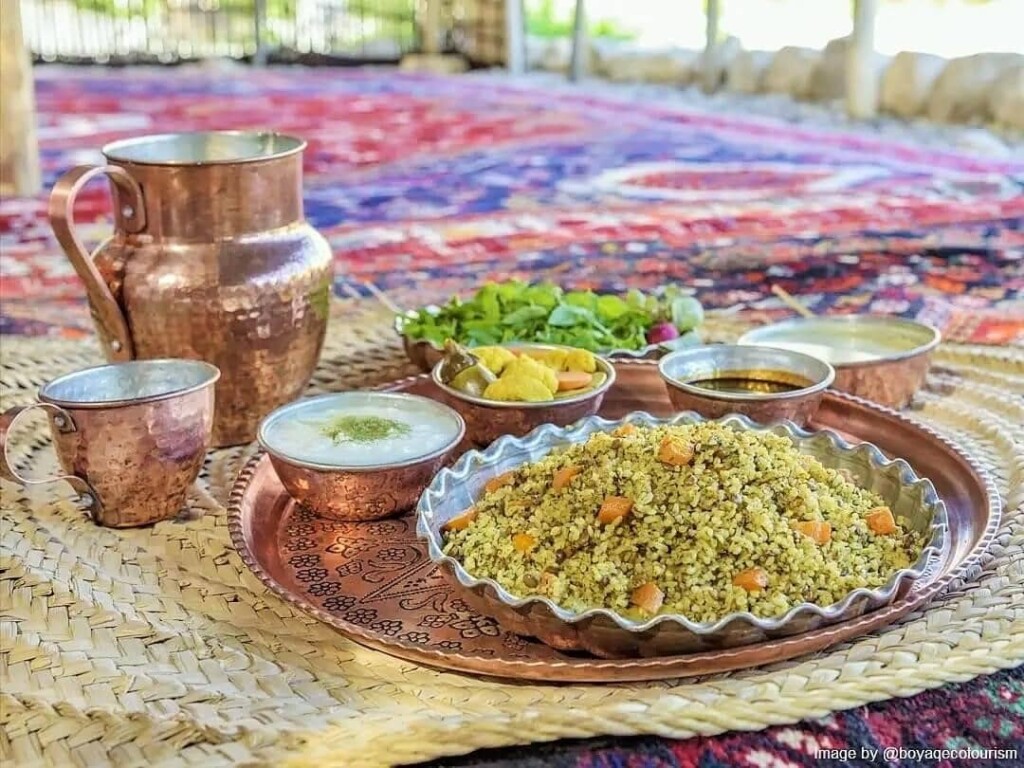
According to the World Tourism Organization, a tourist destination can be defined as follows: a local tourist destination is a physical location where the visitor spends at least one night. This place should offer support services, tourist attractions, and tour packages that are provided as one-day trips.
Local foods play a significant role in promoting tourist destinations and attracting domestic and foreign tourists. The role of food tourism is more apparent in promoting remote tourist destinations such as villages or small towns. In this context, holding international celebrations and festivals and organizing food tours to teach cooking local dishes is often effective. These measures attract tourists looking for food variety in authentic traditional environments.
Food tourism is more prevalent during certain times of the year. For example, when local vegetables grow on farms in the spring, tourists become interested in traveling to farmland destinations in the country. This type of tourism can display the identity and culture of the tourist destination in those seasons.
Since food is one of the main elements in travelers’ choices and the emergence of booming tourist destinations, many travel destinations are trying to promote their food attractions. This trend has received much attention in developed countries.
Different Types of Food Tourism
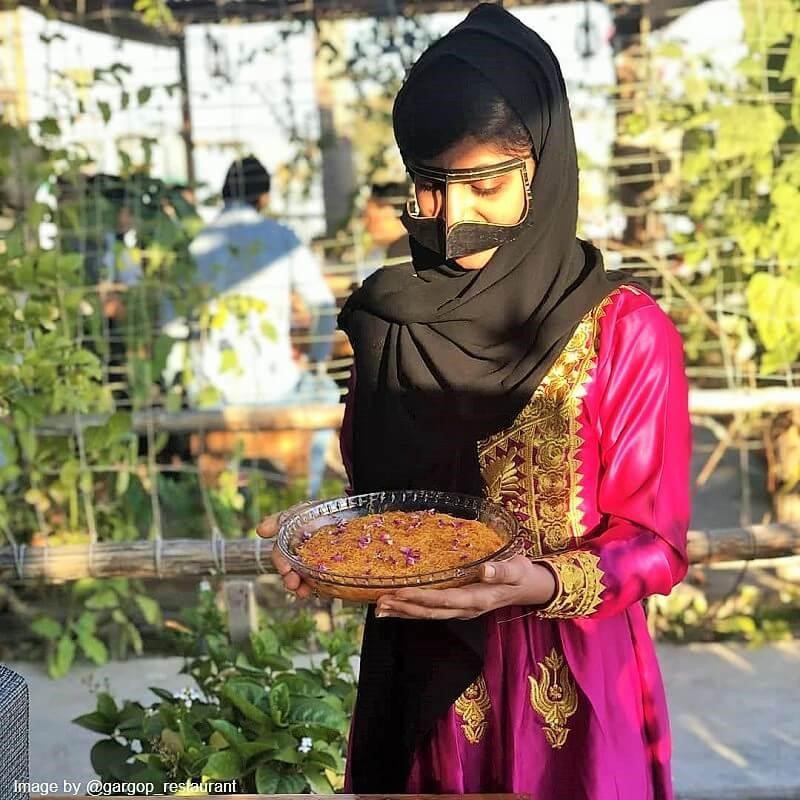
The definition provided by the World Food Travel Association in 2013 for food tourism states it is obtaining and enjoying unique and memorable food and tasting drinks in far and near destinations. So, food tourism can generally be summarized as traveling to eat and drink in a tourist destination.
This type of tourism has different types that we will introduce below. Of course, all types of food tourism have slight differences but fit the above definition. Here is a brief description of the types of food tourism:
1. Gastronomic Tourism
This type of tourism is considered an occupation for people who travel to different destinations to taste food and drinks. A food researcher is an experienced culinary traveler with a precise sense of taste and insight into gastronomy.
2. Culinary Tourism
Since cooking is an integral part of the culture of host communities, it can be considered a form of cultural attraction. Customs and food festivals of different ethnicities all fall in this category. In these instances, food plays an even more significant role in developing a booming tourism destination. In short, tourists travel to different parts of the world for a new culinary experience.
3. Traditional Food Tourism
There are different ethnic groups in Iran, each with unique traditional dishes. These foods are fundamental to the destination’s features, making them more attractive for tourists. Since traditional foods reflect the geographic features and history of the people of a country, they are a means of showcasing culture.
Taste Traditional Foods in Booming Tourist Destinations
The tourism industry can be essential to a country’s economic development if prioritized. Food tourism is a small part of the tourism industry but is very effective in creating booming tourism destinations. Nowadays, many tourists travel to different parts of Iran to taste the traditional cuisine.
If you plan to visit Iran on an international tour package or by yourself, you must try the traditional regional foods in Iran. As a platform for introducing Iran’s tourist attractions, Destination Iran hopes to signify the impact of food tourism on booming tourist destinations. We recommend reading more of our articles on Food Tourism in Iran.






